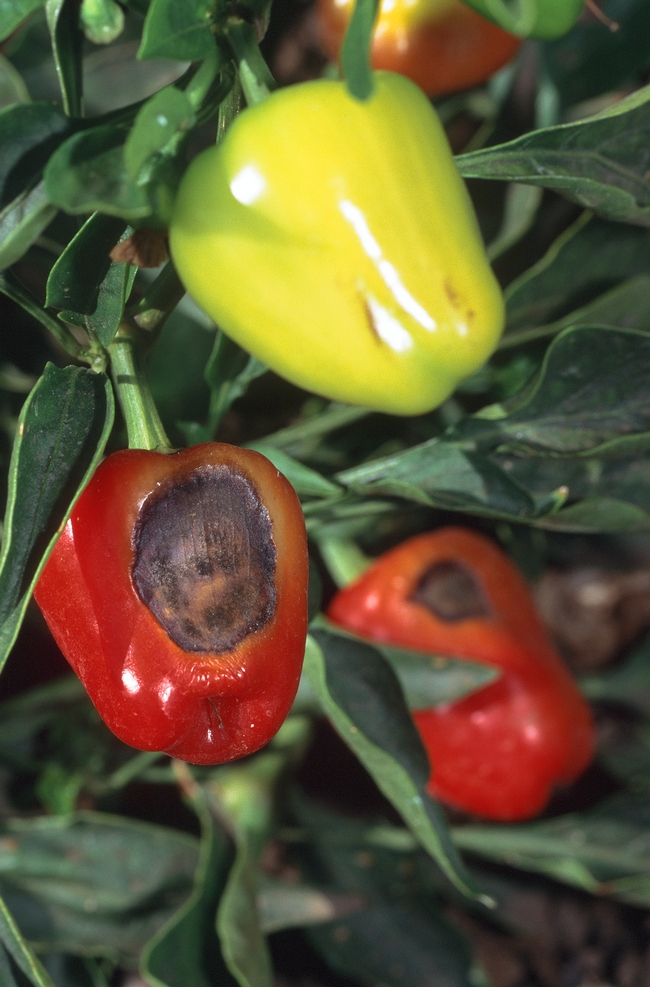
Common causes of abiotic disorders include too much or not enough water, compacted soil, nutrient deficiency (often caused by imbalanced soil pH), excess soil salinity, too much heat or sunlight, herbicides, air pollution, and mechanical injuries.
Abiotic disorders can develop for several reasons:
- the site was not well prepared before landscaping,
- the plants were improperly planted,
- the plant species is not well adapted to conditions at that location,
- the plants did not receive the correct cultural care.
Avoid abiotic disorders by giving plants the right amount of water, sunlight, and nutrients. You must water plants properly, and the soil must drain well. The soil must contain the correct nutrient levels, pH, and salinity. Fix any extreme light or temperatures issues like too much sunlight. Protect plants from herbicide and fertilizer damage as well as from mechanical injuries.
When you suspect an abiotic disorder, find out both the species and variety of the plant so you know the plant's expected appearance and its specific cultural needs. Inspect the plant and surrounding plants for symptoms. Some abiotic disorders can be recognized by their characteristic damage symptoms (e.g., distorted, discolored, or dying foliage). However, diagnosing the cause of disorders can be difficult. Plants will react differently to abiotic issues depending on their age and specific variety. Different abiotic causes can produce the same symptoms, and more than one cause can affect plants at the same time.
To solve plant problems, it's important to distinguish abiotic disorders from similar-looking damage caused by pests such as insects, mites, nematodes, pathogens, and vertebrates. See Table 1 for details.
| Characteristics | Abiotic disorder | Disease/pest |
| Plants affected | Unrelated | One type or closely related |
| Plant age | Various ages | Same age more likely |
| Pattern of symptoms | Regular or uniform | Random or irregular |
| Rate of development | Sudden onset | Slow, worsens over time |
| Spread | Does not spread | Infectious, spreads on host over time |
| Signs | No evidence of pest or pathogen | Presence of pest, mycelium, mushrooms, rust, pustules, bacterial ooze, honeydew, frass |
For more information about abiotic plant problems, see the UC ANR publications Abiotic Disorders of Landscape Plants and Pests of Landscape Trees and Shrubs. Content adapted from Abiotic Disorders of Landscape Plants and Pests of Landscape Trees and Shrubs.
We're looking for your feedback! Please consider taking a quick, anonymous survey to help us serve you better: https://bit.ly/2ZJJVEI